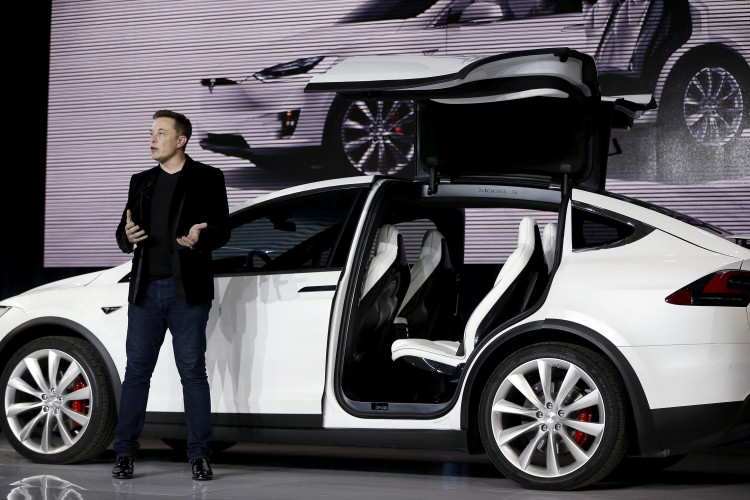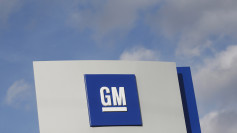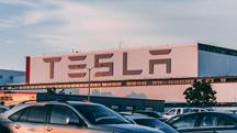The Tesla Autopilot feature is undergoing "an architectural rewrite" that when completed will lead to a major functionality upgrade for all compatible Tesla vehicles. Elon Musk said Tesla car owners can expect to experience the promised "quantum leap" improvements a few weeks from now.
To be clear, the rewrite will apply for both Autopilot and Full Self-Driving and the objective is to overhaul the architecture of the Tesla feature. Musk said engineers are working on "a fundamental architectural rewrite, not an incremental tweak," and he committed that the targeted software upgrades will be delivered over the next six to 10 weeks.
According to Electrek, the alpha version of the feature is now being tested on the Tesla CEO's Model S car, and "the bleeding edge" feature upgrades are nothing short of amazing.
Musk teased: "Almost at zero interventions between home and work."
The same experience is touted to be experienced as well by Tesla car owners but as the chief executive made, the OS upgrade will be in limited deployment at the onset. That means select users will get to test the Autopilot/FSD rewrite and their feedbacks will be used to further tweak the final version.
By estimates provided by the Tesla chief, the upgrade is set for mass deployment as early as October 2020 but slight delays should be expected.
The timeline, nonetheless, is in line with the previous boast made by Musk that Autopilot and FSD will be in full swing before the end of the year. He has been harping on this possibility for months now and even made claims that because of the targeted advancements for the features, the Robotaxi service that Tesla is working on should commence at around the same time.
Robotaxi is the self-driving ride-sharing network that Musk envisions to enlist around one million Tesla vehicles. The scheme is also designed to make profits for Tesla owners that will make their vehicles as appreciating investments.
As for the exact improvements that will come from the Autopilot rewrite, it would seem that the jump is mostly about increasing the feature's dimensional comprehension, according to Teslarati. This will be made possible by using a more intricate AI structure for the same functionality.
The transition was explained by Musk as switching from 2-dimensional, which basically is the existing system in use by Autopilot and FSD, to 4-dimensional or 4D. When the system is put in place, the feature is expected to behave more efficiently in real-world traffic scenarios.
The long-term vision by Musk is the mass deployment of Tesla vehicles that are fully autonomous from human intervention during travel, the report added.




